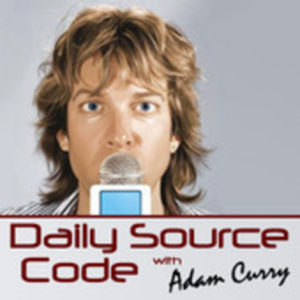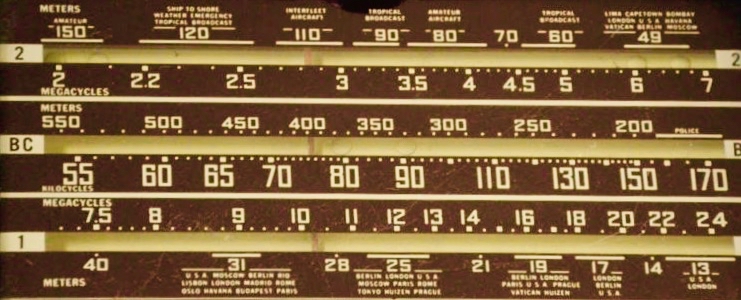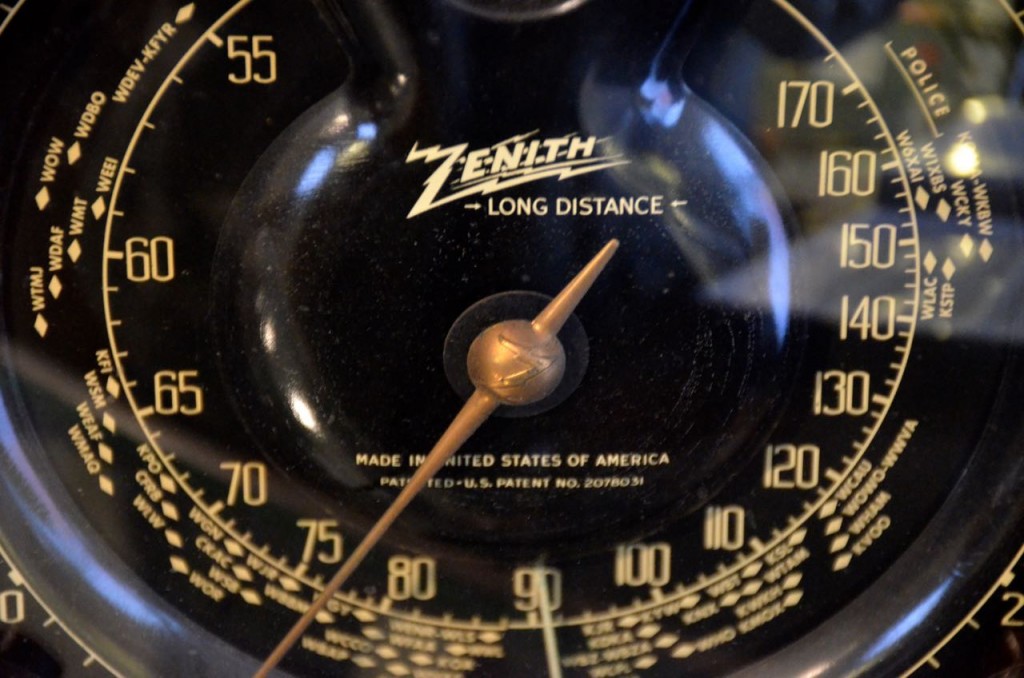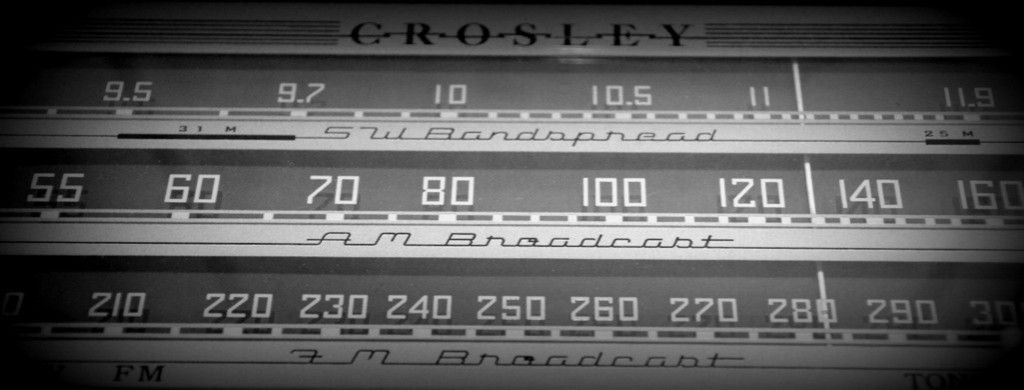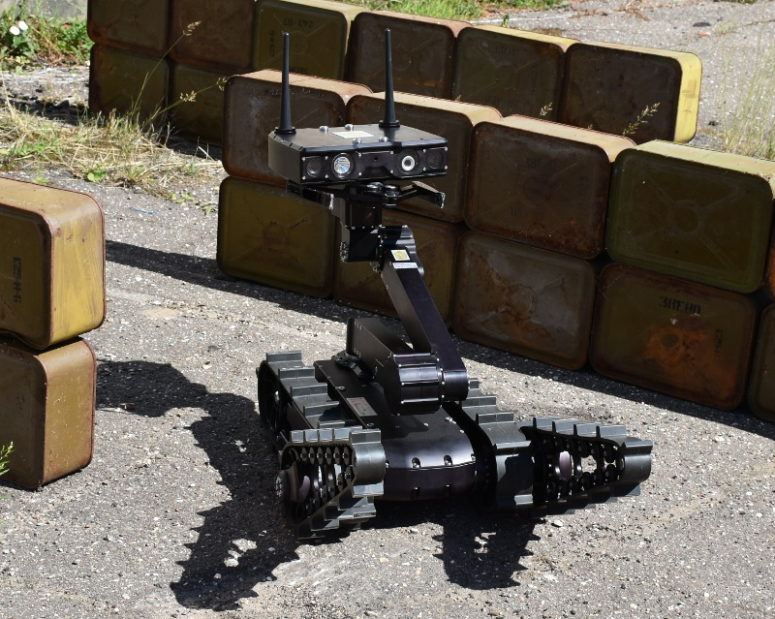Servosila introduces a new member of the family of Servosila “Engineer” robots, a UGV called “Radio Engineer”. This new variant of the well-known backpack-transportable robot features a Software Defined Radio (SDR) payload module integrated into the robotic vehicle. Servosila introduces a new member of the family of Servosila “Engineer” robots, a UGV called “Radio Engineer”. This new variant of the well-known backpack-transportable robot features a Software Defined Radio (SDR) payload module integrated into the robotic vehicle.
“Several of our key customers had asked us to enable an Electronic Warfare (EW) or Cognitive Radio applications in our robots”, – says a spokesman for the company, “By integrating a Software Defined Radio (SDR) module into our robotic platforms we cater to both requirements. Radio spectrum analysis, radio signal detection, jamming, and radio relay are important features for EOD robots such as ours. Servosila continues to serve the customers by pushing the boundaries of what their Servosila robots can do. Our partners in the research world and academia shall also greatly benefit from the new functionality that gives them more means of achieving their research goals.”
Coupling a programmable mobile robot with a software-defined radio creates a powerful platform for developing innovative applications that mix mobility and artificial intelligence with modern radio technologies. The new robotic radio applications include localized frequency hopping pattern analysis, OFDM waveform recognition, outdoor signal triangulation, cognitive mesh networking, automatic area search for radio emitters, passive or active mobile robotic radars, mobile base stations, mobile radio scanners, and many others.
A rotating head of the robot with mounts for external antennae acts as a pan-and-tilt device thus enabling various scanning and tracking applications. The neck of the robotic head is equipped with a pair of highly accurate Servosila-made servos with a pointing precision of 3.0 angular minutes. This means that the robot can point its antennae with an unprecedented accuracy.
Researchers and academia can benefit from the platform’s support for GnuRadio, an open source software framework for developing SDR applications. An on-board Intel i7 computer capable of executing OpenCL code, is internally connected to the SDR payload module. This makes it possible to execute most existing GnuRadio applications directly on the robot’s on-board computer. Other sensors of the robot such as a GPS sensor, an IMU or a thermal vision camera contribute into sensor fusion algorithms.
Since Servosila “Engineer” mobile robots are primarily designed for outdoor use, the SDR module is fully enclosed into a hardened body of the robot which provides protection in case of dust, rain, snow or impacts with obstacles while the robot is on the move. The robot and its SDR payload module are both powered by an on-board battery thus making the entire robotic radio platform independent of external power supplies.
Servosila plans to start shipping the SDR-equipped robots to international customers in October, 2017.
Web: https://www.servosila.com
YouTube: https://www.youtube.com/user/servosila/videos
About the Company
Servosila is a robotics technology company that designs, produces and markets a range of mobile robots, robotic arms, servo drives, harmonic reduction gears, robotic control systems as well as software packages that make the robots intelligent. Servosila provides consulting, training and operations support services to various customers around the world. The company markets its products and services directly or through a network of partners who provide tailored and localized services that meet specific procurement, support or operational needs.




